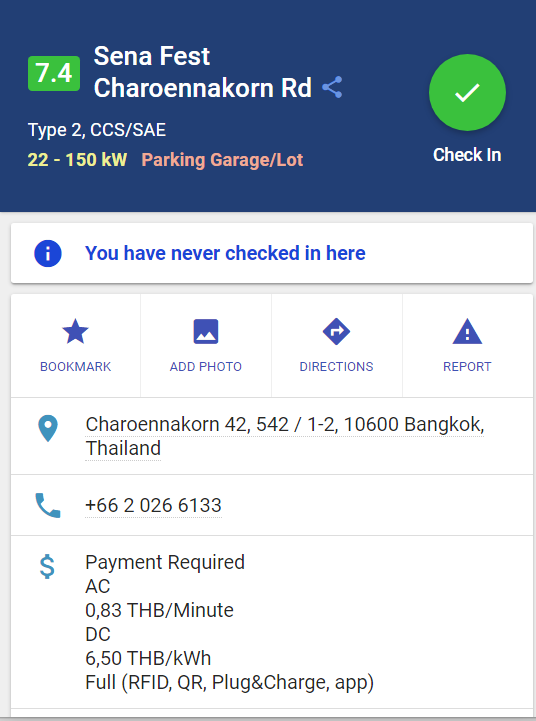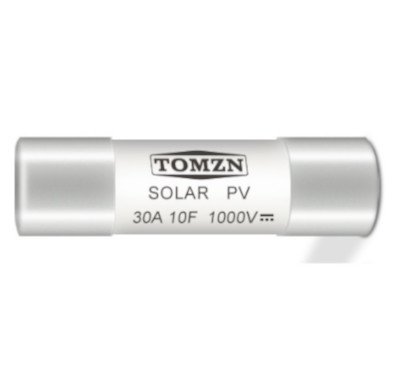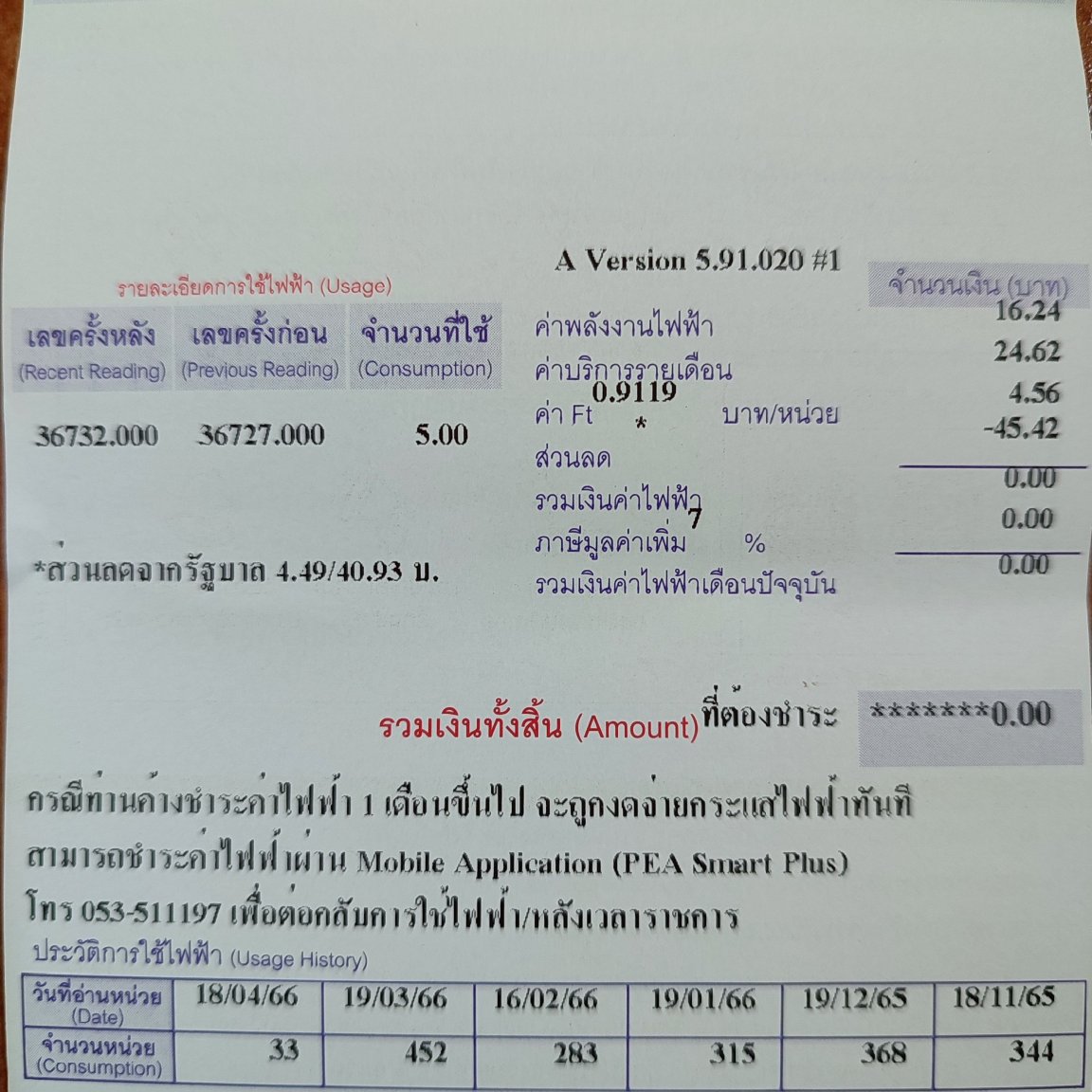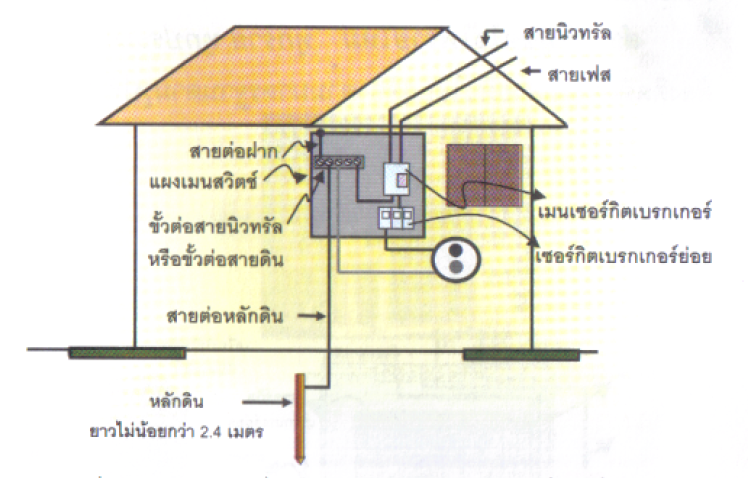-
Posts
2,976 -
Joined
-
Last visited
Content Type
Events
Forums
Downloads
Quizzes
Gallery
Blogs
Everything posted by Sophon
-
That link is helpful if you want to buy cable, not so much for someone looking for a cable dispenser/reel.
-
They are not discontinuing the MG ZS EV, they are just eliminating the cheapest version.
-
Probably not many from AseanNow:
-
-

Solar power, can it be done DIY?
Sophon replied to Sophon's topic in Alternative/Renewable Energy Forum
Quick update. After being frozen for two weeks, our PEA meter started running again today. PEA didn't change the meter, as a matter of fact I don't think they did anything as our dogs would have alerted us if they came by and started working on the meter, which is only a few meters from our land. So the meter must somehow have come unstuck on it own. The neighbor's meter still isn't spinning though. -

Solar power, can it be done DIY?
Sophon replied to Sophon's topic in Alternative/Renewable Energy Forum
The panels are in two strings of 7 panels, and the panels have a Voc rating of 47.1V, so a theoretical maximum of 329.7V. The inverter allowed a maximum of 500V from the PV panels. -

Solar power, can it be done DIY?
Sophon replied to Sophon's topic in Alternative/Renewable Energy Forum
What is the distance from the PEA meter to your PEA input surge protector? As the crow flies, 4 meters. Following the wires 10-12 meters. What is the distance from your PV fuse to your PV surge protector? Again approx. 4 meters as the crow flies, 6-7 meters following the wires. -

Solar power, can it be done DIY?
Sophon replied to Sophon's topic in Alternative/Renewable Energy Forum
I do have fuses like this (only 25A) on the leads for the PV panels, and they didn't blow. As mentioned, there was no lightning at the time, but perhaps we had a hit sometime during the night before that did damage, and that damage eventually caused the inverter to fry. -

Solar power, can it be done DIY?
Sophon replied to Sophon's topic in Alternative/Renewable Energy Forum
Not sure if the incoming breaker tripped, I was concentrating on the inverter which was blowing smoke. The battery and PV panel breakers did trip. The surge arrestors looks OK, but other than visually, I don't know how to check. -

Solar power, can it be done DIY?
Sophon replied to Sophon's topic in Alternative/Renewable Energy Forum
Yes, you can see them on the picture. It goes like incoming breaker => power meter => surge arrestor. -

Solar power, can it be done DIY?
Sophon replied to Sophon's topic in Alternative/Renewable Energy Forum
Interesting development. A couple of weeks ago, the power in our house suddenly went out around 10 in the morning. The solar equipment is in the corner of our land, so when I went to investigate it probably took me a couple of minutes to get down there. As I was about 10 meters away I heard a pop from the inverter, and smoke started pouring out of the vent opening. Sure enough, the inverter was fried and refused to turn on again. I took the cover of the inverter off to see if a jingjok had gotten itself fried, but nothing was immediately obvious and I didn't want to mess around in there and accidentally touch a capacitor. As it turned out, it wasn't only the inverter that was fried: I have a DIN rail power meter with over- and under voltage protection on the incoming line from PEA so I can monitor my usage. That power meter refused to stay on and kept restarting. The surge arrestors on my solar panels are blown (or at least I assume they are, they look like this): As you can see, the surge arrestors on the incoming PEA supply looks OK. The BMS for my battery works, but is acting strange. The Bluetooth keeps turning off on it's own, and some of the functionality doesn't seem to work. When I turn off charging/discharging in the app nothing happens. So I ordered a new inverter, and this time went for a larger 8.2kW model even though the old 5.5kW was big enough for our needs, hoping the components would be a little sturdier in a larger model. It also gives me flexibility to add more PV panels in the future, should I so wish. Of course, while waiting for the new inverter to be delivered we have had to rely on power from PEA, so imagine my surprise when the bill was delivered this morning and it showed a usage of zero kWh. As it turns out the PEA meter is also blown, even though there is nothing visibly wrong with it. As a test I turned off my battery and started charging my EV with PEA power (supplemented by a little solar, it's mostly overcast this morning), and the disc in the PEA meter is frozen in place. Even when charging both the EV and the house battery with PEA power, nothing moves in the meter. A quick visit to the PEA meters of our two closest PEA up-stream neighbors show one meter spinning and one frozen in place. I don't (yet) know for sure if that neighbor meter should be spinning, but one would imagine that there would at least be a fridge running or something on stand-by in the house. SWMBO saw the neighbor collect his bill this morning, and he spent a long time examining the bill seemingly confused by something. So maybe he was surprised by the bill amount, which would be approximately half of normal if his meter is also broken. We will talk to him later, when he comes back. There was no lightning at the time, so I don't know what kind of event could knock out a PEA meter (possibly multiple meters), an hybrid off-grid solar inverter, a power meter with over voltage protection on the incoming supply and mess with the electronics in my BMS. Nothing in our house was effected. I have a hard time seeing how a fault originating in my off-grid hybrid inverter could knock out our PEA meter, so I am leaning towards the most likely reason being some kind of voltage/power spike event coming from PEA. So now I have a moral dilemma. If the cause of my blown equipment came from PEA, then they kind of owe me a new inverter. We all know that the PEA is not going to compensate me for equipment in an unofficial solar installation, so should I compensate myself on their behalf by not reporting the defective meter and let them find out on their own? As they know we have solar (the panels are five meters from the PEA meter and in plain sight), it might take a while for them to connect the dots. That is, unless our PEA meter isn't the only one that broke. As we are almost completely self-sufficient when it comes the electricity because of our solar installation, the savings won't be all that significant. The only reason we used the PEA in the last month was because our inverter burned out and we had to wait for a new one. So, what say ye? What kind of event do you think happened to cause this kind of damage, and would you report the broken meter to PEA or wait for them to find out on their own? -
You can renew your extension 30 days before it expires, so it would seem that you have time to do so before you leave. Some offices even allow you to extend 45 days early, if you state what immigration office you use someone can confirm whether your office are one of the "45 days" ones. Don't forget to get a new re-entry permit after getting your new extension.
-

How about a solar car port on a budget?
Sophon replied to Crossy's topic in Alternative/Renewable Energy Forum
Just a guess, but I think that maybe the discounts quoted "4.49/40.93", means that I got a discount for this month of THB 4.49 and THB 40.93 for previous month(s). THB 4.49 for this month seems about right, seeing that the FT charge is 4.56. -

How about a solar car port on a budget?
Sophon replied to Crossy's topic in Alternative/Renewable Energy Forum
There is definitely some catching up on discounts for previous months going on. This is our bill for April-May delivered an hour ago: According to the PEA online calculator, the bill should have been for THB 48.60. -

Deposit with 17% interest rate?
Sophon replied to Goodboybkk's topic in Jobs, Economy, Banking, Business, Investments
That should be "Krungsri MTD account", not Krungthai. -

Passport Validity Requirements
Sophon replied to lazygourmet's topic in Thai Visas, Residency, and Work Permits
The OP doesn't specify which country he is from, but the rules are the same for most of the countries that qualify for visa exempt entry so I have used the UK as an example. As Crossy mentioned your passport is only required to be valid for the length of your stay. From IATA via KLM: And as for the poster claiming that the rules are different when arriving visa exempt, they are not: -

EV cars - annual government tax sticker/disc thing
Sophon replied to mallmagician's topic in Thailand Motor Discussion
I don't know about future road tax cost, but I would guess that it's the same as for any other car i.e. after five years the tax falls by 10% p.a. and stabilizes at 50% of the original. But at 200 Baht per year it doesn't really matter. I am very happy with the car. Once a month I take the old Nissan Navara out for a trip to keep it running, and after getting used to the ZS turning the wheel in the Navara is quite a workout. -

EV cars - annual government tax sticker/disc thing
Sophon replied to mallmagician's topic in Thailand Motor Discussion
The first year road tax for my MG ZS EV was 200 Baht. -

Why is Bangkok Post's link banned in this forum?
Sophon replied to Goodboybkk's topic in General Topics
Because Bangkok Post won't allow it. -

90 Day Report Online - How long pending?
Sophon replied to ubonrthai's topic in Thai Visas, Residency, and Work Permits
Not true anymore, it was changed a year or two ago so you can now submit your online report up to the due date. -

New house build - electrical system inspection
Sophon replied to unheard's topic in The Electrical Forum
8 feet is 240 cm, which I believe is also the required length of the ground rod. This illustration is from a PEA/MEA electrical system description posted by Crossy many times: -

Solar power, can it be done DIY?
Sophon replied to Sophon's topic in Alternative/Renewable Energy Forum
Today was the first day for PEA to read our meter since our system went online. Last months bill: This months bill: So import from PEA down 93% since last month. Even better, of the 33 units we imported, 21-22 was in the first week where the system was not fully operational for the first two days (no battery). Meaning that import was only down 80% the first week. Then the following two weeks, where i was still learning when and how much I can charge the EV and still have enough in the house battery, we imported 5-6 units per week. So import down 95% for those two weeks. For the last nine days we have imported exactly zero from PEA. And that is while our area has been (and still is) blanketed by smog limiting the production of the PV panels. For the last three weeks the most I have seen is around 2.7 kW, which is 56% of the panels rated capacity. In the first week, when the haze was not quite as bad but still not good, we produced 3.5 - 3.8 kW at midday. So far very happy with the results given that the initial goal was to save at least 80% and avoid the fairly frequent power outages.
















